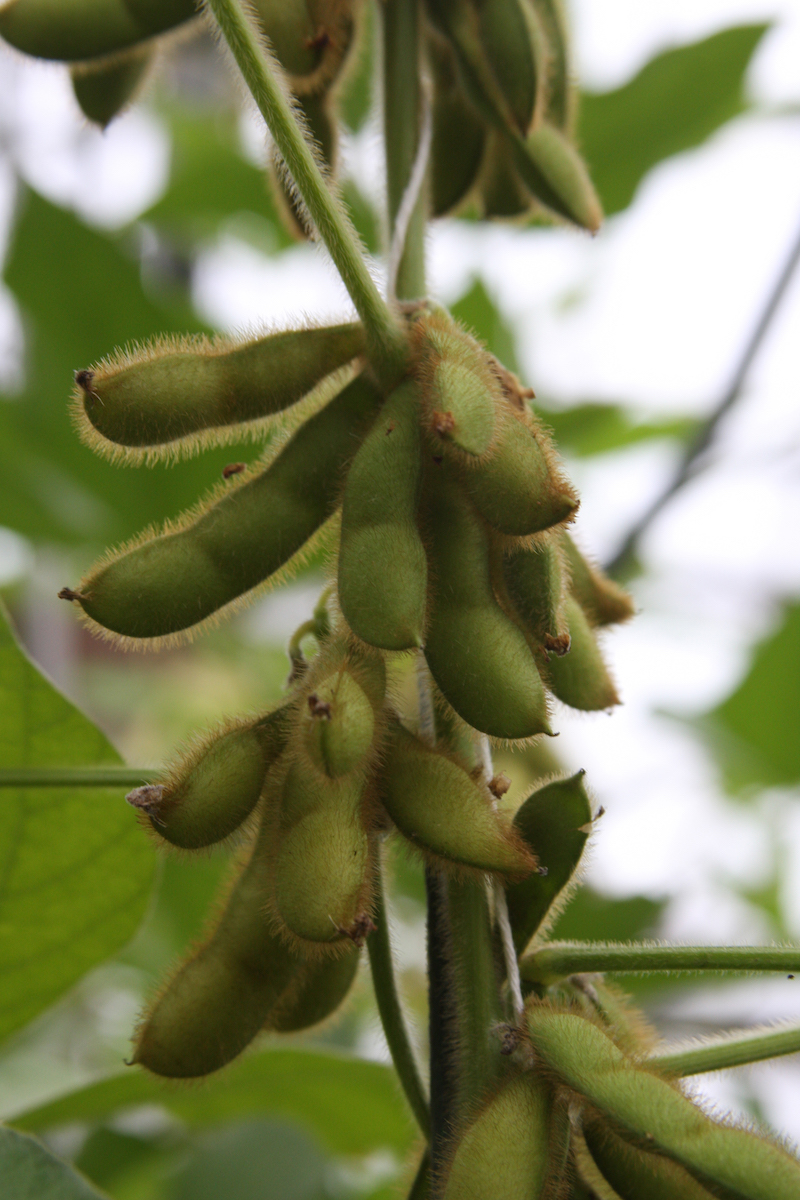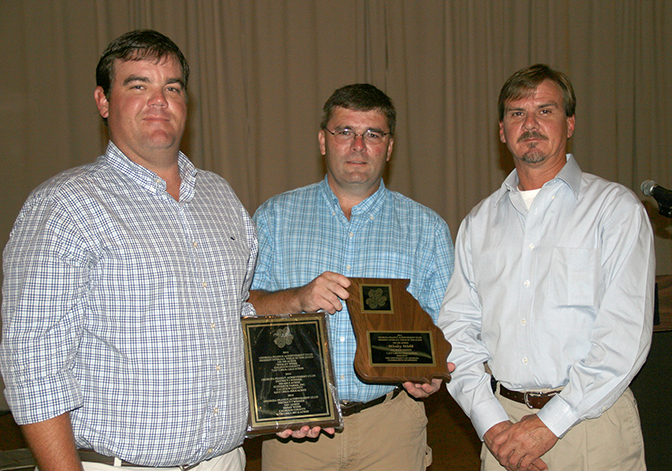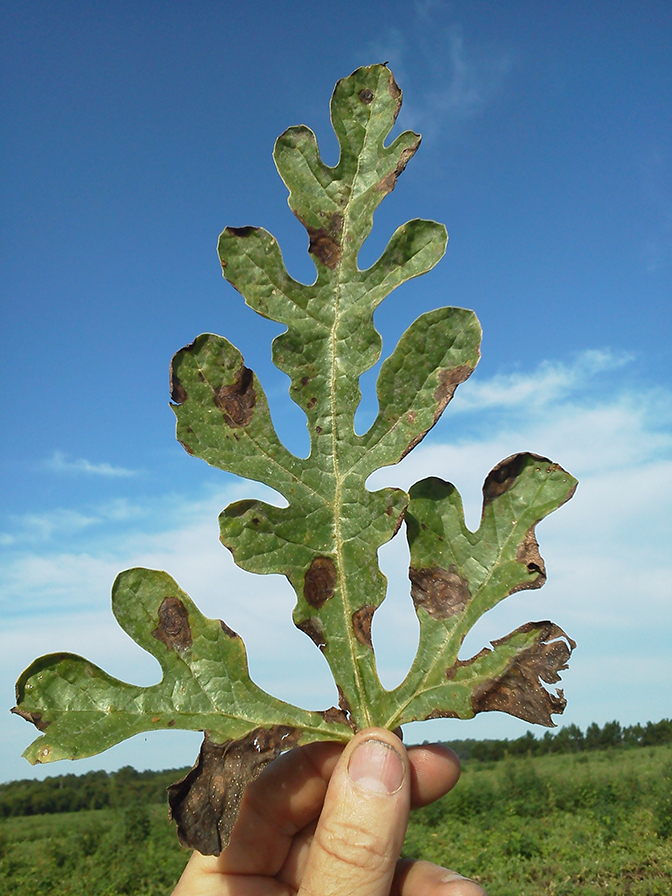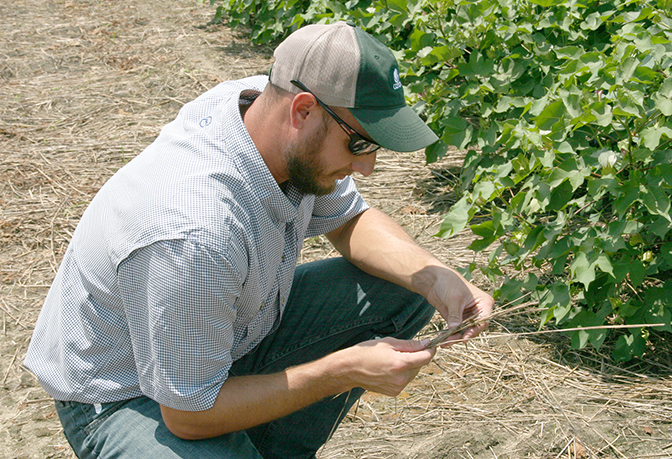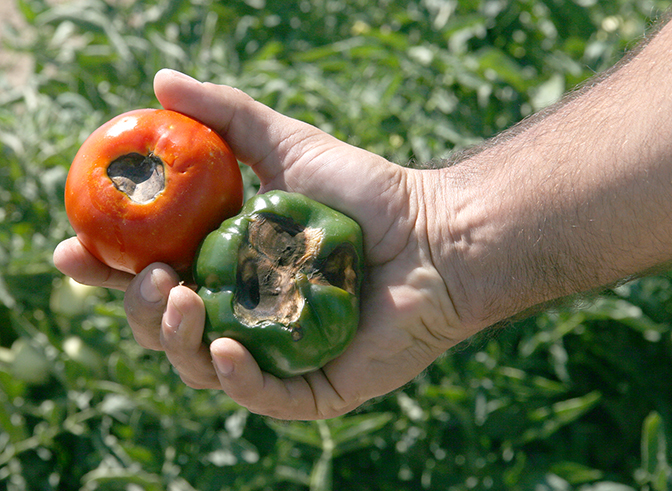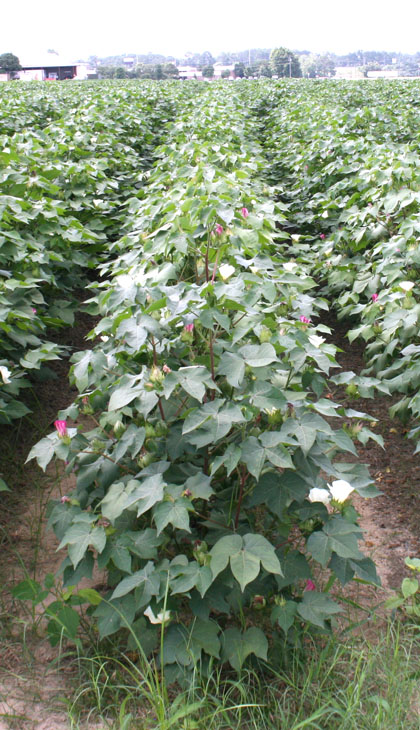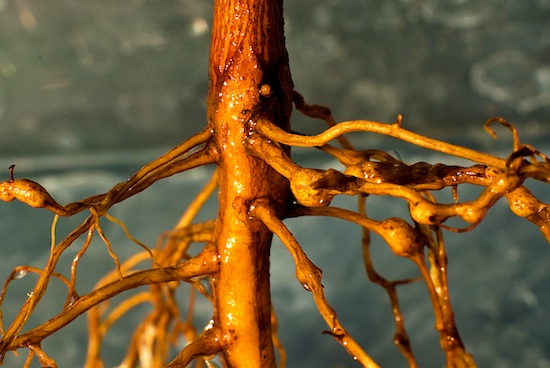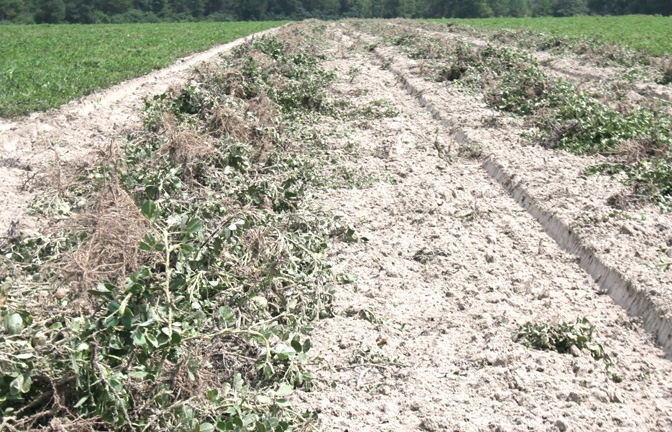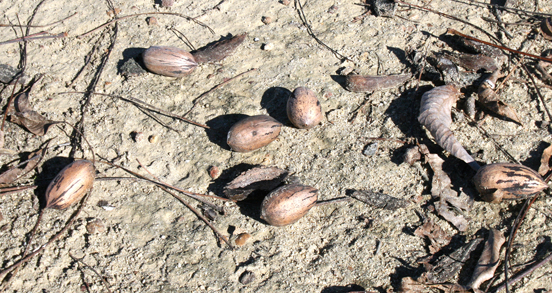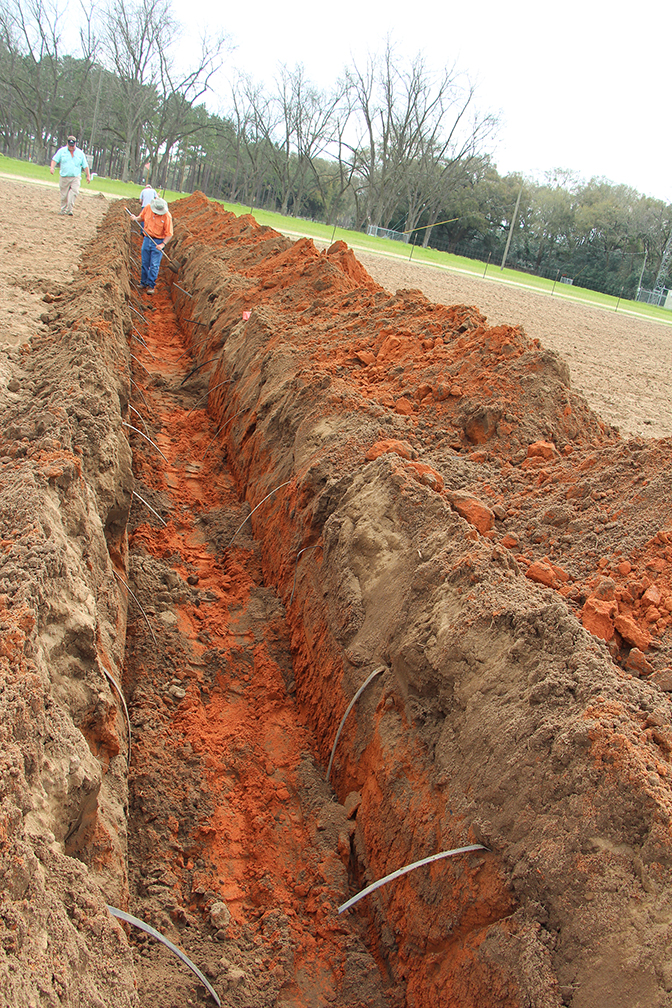 CAES News
CAES News
Sub-Surface Drip Irrigation
Drip irrigation systems have long helped Georgia vegetable farmers grow high yielding crops. Sub-surface drip irrigation can help some Georgia peanut farmers water their crops more efficiently, according to a University of Georgia Cooperative Extension expert. And, it won’t interfere with peanut digging equipment.

